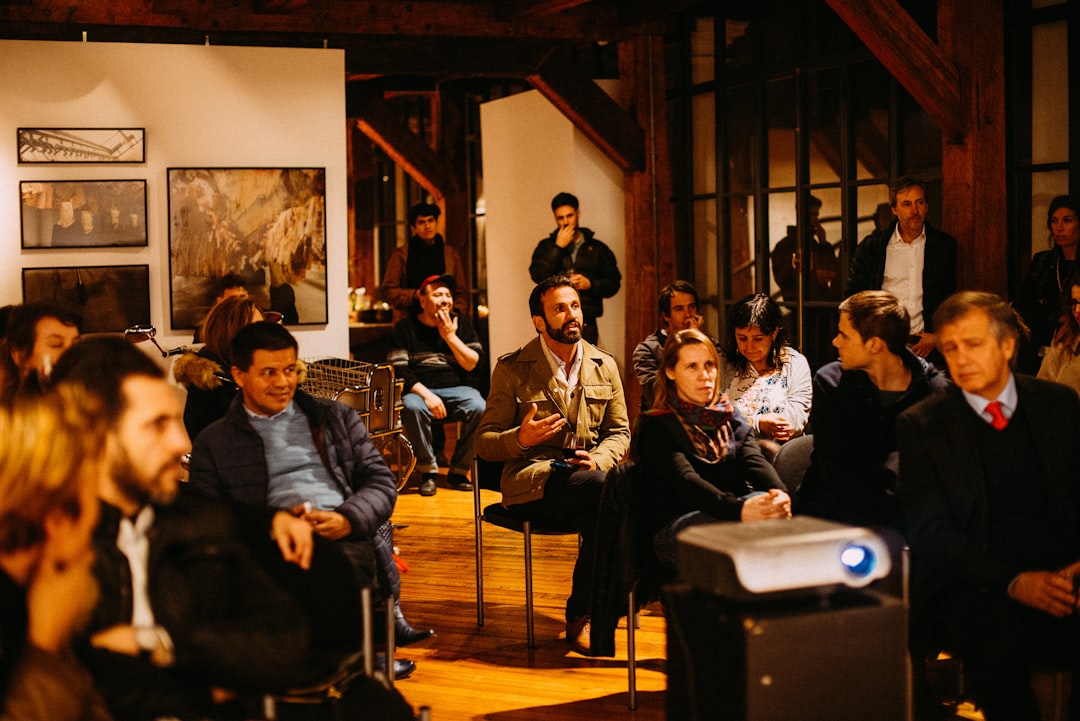Public spaces play a crucial role in bringing communities together. They are the heart of a city, offering a place where individuals can gather, interact, and engage with one another. Enhancing public spaces for community use is a key component in creating vibrant and thriving cities. When public spaces are well-designed and well-maintained, they can become a hub for social, cultural, and recreational activities, enriching the lives of residents and visitors alike.
One of the main benefits of enhancing public spaces for community use is that it fosters a sense of belonging and connection among residents. When people have access to well-maintained and inviting public spaces, they are more likely to engage with their neighbors and build a sense of community. This can lead to increased social interactions, stronger relationships, and a greater sense of civic pride. Public spaces serve as a common ground where people from all walks of life can come together, breaking down social barriers and fostering a sense of unity and solidarity.
Another benefit of enhancing public spaces for community use is that it promotes healthy and active lifestyles. When public spaces are designed with the needs of the community in mind, they can provide opportunities for physical activity, recreation, and relaxation. Whether it be a park with walking trails, a playground for children, or a community garden, public spaces can encourage people to get outside, be active, and enjoy the benefits of nature. Access to green spaces has been linked to improved mental health, reduced stress, and increased overall well-being. By providing residents with safe and accessible public spaces, cities can promote healthier lifestyles and improve the quality of life for their citizens.
Enhancing public spaces for community use also has economic benefits. Well-maintained public spaces can attract tourists, increase property values, and boost local businesses. A lively and vibrant public space can become a destination for events, markets, and festivals, drawing people from near and far to visit and spend money in the community. Additionally, public spaces can serve as a platform for local artists, musicians, and vendors to showcase their talents and products, supporting the creative economy and promoting entrepreneurship.
In order to enhance public spaces for community use, cities and local governments must prioritize investment in infrastructure, maintenance, and programming. This includes ensuring that public spaces are accessible to all, well-designed and aesthetically pleasing, and equipped with amenities that cater to the diverse needs of the community. It also involves engaging with residents and stakeholders to gather input, feedback, and ideas for how to best utilize and improve public spaces. By working collaboratively with the community, cities can create public spaces that are inclusive, engaging, and reflective of the needs and desires of the people they serve.
In conclusion, enhancing public spaces for community use is essential for creating vibrant, resilient, and connected cities. By investing in public spaces, cities can promote social cohesion, physical activity, and economic growth, while also improving the overall quality of life for residents. Public spaces are the backbone of a city, providing a place for people to gather, connect, and thrive. It is important for cities to recognize the value of public spaces and work towards enhancing them for the benefit of the community as a whole.

